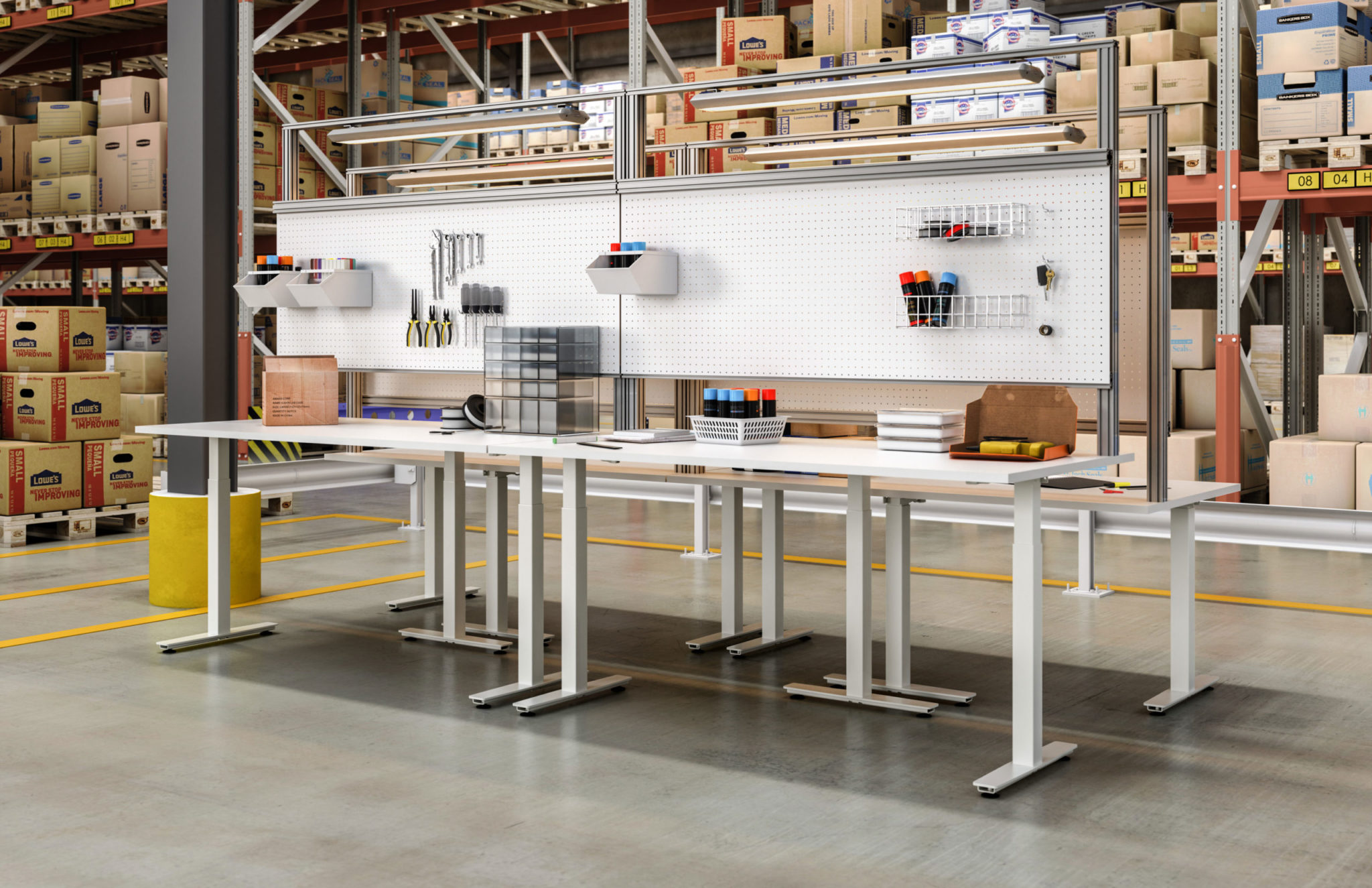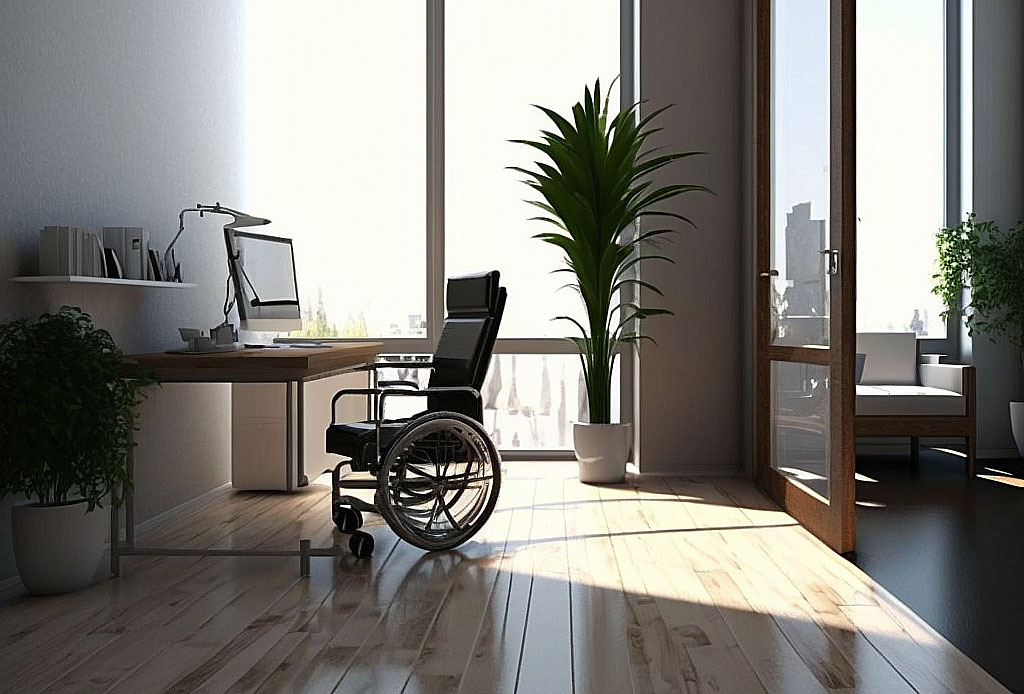Kessebohmer Ergonomics
What is Ergonomic Design?
Let's take a look at an often misunderstood concept: the idea that when people are more comfortable, things just go better.
Table of Contents
- Intro
- What is Ergonomic Design?
- Definition
- Importance of Ergonomic Design
- Principles of Ergonomic Design
- Benefits of Ergonomic Design
- Improved Productivity
- Reduced Workplace Injuries
- Better Employee Satisfaction
- Improved Quality of Work
- Application of Ergonomic Design in Different Industries
- Manufacturing Industry
- Healthcare Industry
- Information Technology (IT) Industry
- Retail Industry
- Challenges in Implementing Ergonomic Design
- Cost
- Resistance to Change
- Lack of Expertise
- Conclusion
- FAQs
Introduction
Ergonomic design means design focused on people and how they might interact with something. The practice of ergonomics can be summed up simply as “fitting a workplace to an employee’s needs,” or “making people more comfortable at work.” The process of ergonomic design involves designing products, workspaces, and environments to fit the physical and mental capabilities of people. Read on to explore what ergonomic design is and why it is important in all industries.

-
What is Ergonomic Design?
2.1 Definition
The ergonomic design discipline focuses on designing products and environments that are comfortable, efficient, and safe for humans to use. It is a multidisciplinary field drawing on knowledge from engineering, psychology, and physiology, to improve the interaction between humans and their environment.
2.2 Importance of Ergonomic Design
Ergonomic design is essential in all industries to help reduce workplace injuries, improve productivity, and increase employee satisfaction. Products and environments designed with ergonomic principles in mind are easier and safer for people to use, reducing the risk of injury and increasing productivity.
2.3 Principles of Ergonomic Design
The principles of ergonomic design – designing products and environments that are easy to use, comfortable, and safe – can be achieved by considering factors such as:
- the physical and mental capabilities of people
- the layout and design of workspaces
- the type of work being performed

-
Benefits of Ergonomic Design
3.1 Improved Productivity
Ergonomic design can help to improve productivity by reducing the time and effort required to complete tasks. Products and environments designed with ergonomic principles in mind are easier and more comfortable for people to use, allowing them to work more efficiently.
3.2 Reduced Workplace Injuries
Ergonomic design can help to reduce workplace injuries by reducing the physical strain and stress placed on workers. Designing workspaces and products that are comfortable and safe to use helps reduce the risk of injury and increase overall safety.
3.3 Better Employee Satisfaction
Ergonomic design can also improve employee satisfaction by creating a more comfortable and enjoyable work environment. When workers are comfortable and safe, they are more likely to be satisfied with their job and less likely to experience burnout or other negative outcomes.
3.4 Improved Quality of Work
Ergonomic design can improve the quality of work by reducing errors and increasing accuracy. When workers are comfortable and focused, they are more likely to produce high-quality work that meets or exceeds expectations.

-
Application of Ergonomic Design in Different Industries
4.1 Manufacturing Industry
Ergonomic design is important in manufacturing because it can help reduce workplace injuries, improve productivity, and increase employee satisfaction. For example, ergonomic design can be used to design workstations that are comfortable and safe for workers, reducing the risk of injury and improving productivity.
4.2 Healthcare Industry
In healthcare, ergonomic design is crucial to help improve patient outcomes and reduce workplace injuries. Ergonomic design can be used to design equipment and workspaces that are comfortable and safe for healthcare professionals, reducing the risk of injury and improving overall patient care.
4.3 Information Technology (IT) Industry
In IT, ergonomic design can help to reduce the risk of musculoskeletal disorders and improve productivity. Ergonomic design can be used to design workstations and products that are comfortable and safe for workers, reducing the risk of injury and improving overall efficiency.
4.4 Retail Industry
In retail, ergonomic design is important to help improve customer service and reduce workplace injuries. Ergonomic design can be used to design workspaces and products that are comfortable and safe for workers, reducing the risk of injury and improving overall customer satisfaction.

-
Challenges in Implementing Ergonomic Design
Despite the numerous benefits of ergonomics, there are some challenges in implementing it in different industries.
- Cost: Ergonomic design may require additional resources and training, which can be costly and time-consuming.
- Resistance to change: Some organizations may resist implementing changes to their current work practices or equipment.
- Lack of Expertise: Some organizations may lack the experience and training required to effectively implement ergonomic design principles.
-
Ergonomic Design Is the Way Forward
Ergonomics is an essential discipline that can help to improve productivity, reduce workplace injuries, and increase employee satisfaction in all industries. By designing products, workspaces, and environments that are comfortable, efficient, and safe for humans to use, organizations can improve their overall performance and outcomes.

FAQs
Q: What is ergonomic design?
A: Ergonomic design is a discipline that focuses on designing products and environments that are comfortable, efficient, and safe for humans to use.
Q: Why is ergonomic design important in all industries?
A: Ergonomic design is important in all industries because it can help to reduce workplace injuries, improve productivity, and increase employee satisfaction.
Q: What are the principles of ergonomic design?
A: The principles of ergonomic design include designing products and environments that are easy to use, comfortable, and safe.
Q: What are some challenges in implementing ergonomic design?
A: Some challenges in implementing ergonomic design include cost, resistance to change, and lack of expertise.
Q: What are some industries that can benefit from ergonomic design?
A: Industries that can benefit from ergonomic design include manufacturing, healthcare, information technology, and retail.



